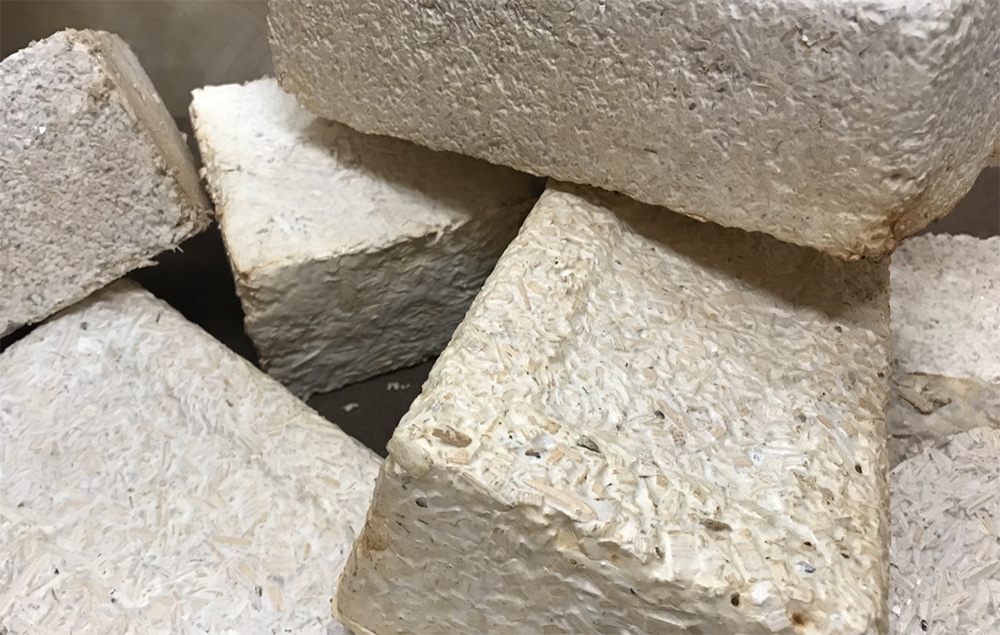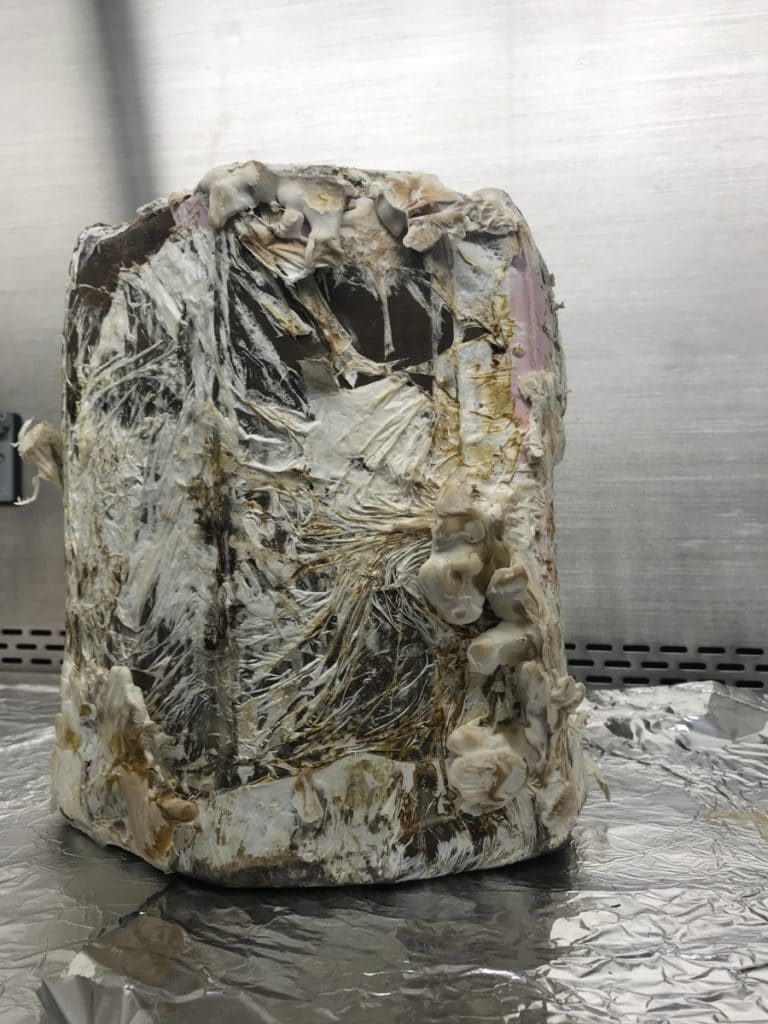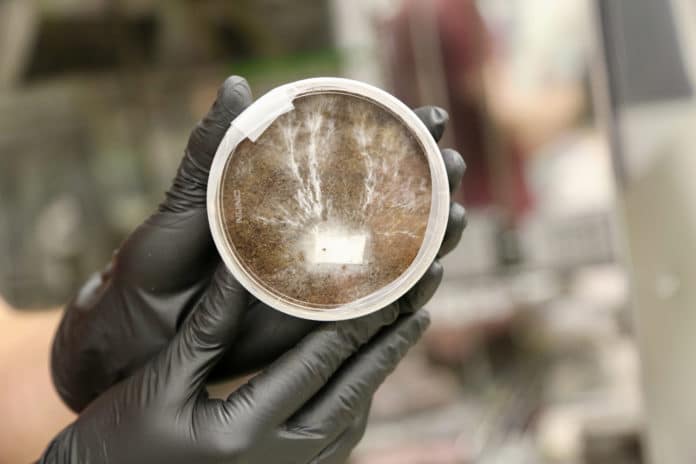NASA continues to plan a flight to Mars. Now they are figuring out where the astronauts will live when they arrive at their destination. The technological challenge is immense, first of all, because it will be very difficult to carry tons of material for the construction of a habitat. This is why NASA is looking for alternative solutions, such as the possibility of growing structures out of fungi to become our future homes in the stars.
The NASA Innovative Advanced Concepts (NIAC) program is now funding the study of the so-called myco-architecture project. The project is prototyping technologies that could “grow” habitats on the Moon and Mars – specifically, fungi and the unseen underground threads that make up the main part of the fungus, known as mycelia. “These tiny threads (mycelial part of a fungus) build complex structures with extreme precision, networking out into larger structures like mushrooms,” said NASA in a statement.

The concept of these “houses” is based on three distinct layers. The first is made of ice. It must protect people from radiation, but also provide the resources necessary for the second layer. This (the second layer) is made of photosynthesizing microbes or cyanobacteria, which produce oxygen for astronauts and nutrients for the final layer of mycelia.
That last layer of mycelia is what organically grows into a sturdy home, first activated to grow in a contained environment and then baked to kill the lifeforms. The structure will be closed so as not to pollute the environment of Mars or the Moon and not influence it in any way.

Researchers have already experimented with creating objects using mycelia. A team from Stanford and Brown universities grew a stool as part of a myco-architecture project at NASA’s Ames research center in 2018. After two weeks of growth, the stool looked like something that would have been long forgotten in a refrigerator. It was then baked that leads to a clean and functional piece of furniture.
From the point of view of space conquest, mushrooms could also be used to filter water for future explorers and extract minerals. The ideas behind Martian habitats could also potentially be applied to building needs on our planet. Once these prototypes are designed for other worlds, we can bring them back to ours. Building this kind of housing could reduce the huge carbon footprint of the construction industry.
This research project is still in its infancy, but it shows us how scientists are able to broaden horizons, and it’s exciting.
